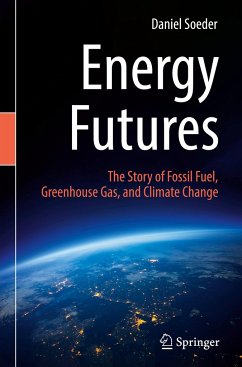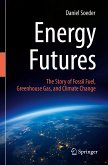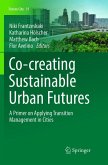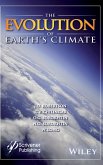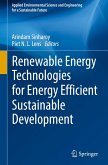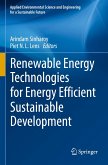The objective of this book is to help readers better understand the links between fossil fuel, greenhouse gas, and climate change in a clear, explanatory format. It avoids sensationalism and politics, using plain language to explain the details of the science, how the science works, and how we know what we know. It describes the history of fossil fuels, why fossil fuel combustion products are a problem, and what must be done to address the impacts on climate. It provides details about a number of energy engineering solutions to replace fossil fuels and technology called geoengineering that can cool the planet and directly remove greenhouse gases from the atmosphere. Some of these technologies can be implemented almost immediately, and others may be applied in the future. Many young people are pessimistic about the future and prepared to give up on addressing climate change. The book strives to maintain hope throughout that humanity can solve this and other environmental problems.The climate crisis was caused by human engineering, and human engineering can fix it. The goal is to produce informed readers that can have responsible discussions with their political leaders about implementing solutions to climate change.
Bitte wählen Sie Ihr Anliegen aus.
Rechnungen
Retourenschein anfordern
Bestellstatus
Storno

